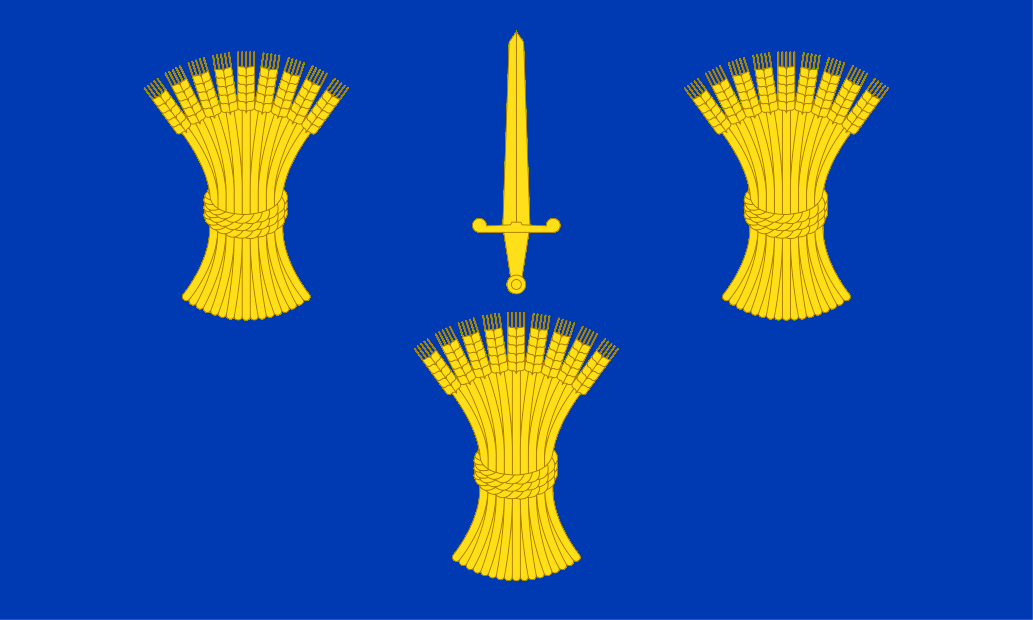West to east, Cheshire reaches from the windswept Wirral peninsula up into the Peak District. The north encompasses industrial towns and the suburbs from Manchester and Liverpool, fading into the agricultural south of the county.
Cheshire has been called “the Surrey of the North” (although it might insist that Surrey is the Cheshire of the South).
The City of Chester retains many mediæval features, including the only surviving complete town wall walk.
Inland Cheshire forms a vast plain separating the mountains of Wales from the Peak District of Derbyshire. On the Cheshire plain are fine oak woodlands and countless small lakes or meres. At the county’s western extremity is the Wirral, a flat peninsula some 12 miles long by seven miles wide separating the Dee and the Mersey. The Wirral is now largely urbanised.
At its easternmost extremity the parish of Tintwistle runs up into the Peaks; a narrow strip between Derbyshire and Lancashire.
Cheshire excels in dairy farming, resulting in Cheshire cheese. Much of central Cheshire is a salt-mining area, as it has been since Saxon times, chiefly around Nantwich, Northwich and Middlewich. There are also coal and iron mines.
County Facts
County Town: Chester
Main Towns: Altrincham, Birkenhead, Chester, Crewe, Halton, Hoylake, Knutsford, Macclesfield, Nantwich, Sale, Stalybridge, Stockport, Wilmslow.
Main Rivers: Dee, Mersey, Weaver, Dane.
Highlights: Alderley Edge; Chester; Little Moreton Hall; Jodrell Bank Observatory.
Highest Point: Black Hill, 1908 feet (SE 078 047).
Area: 1,027 sq miles
Flower: Cuckooflower



